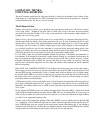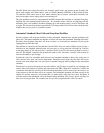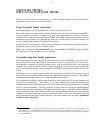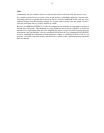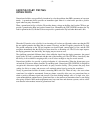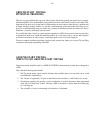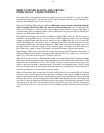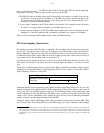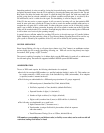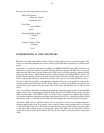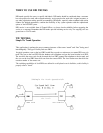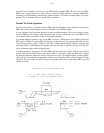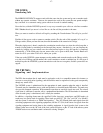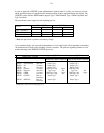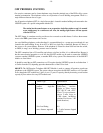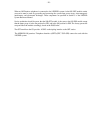-13-
Outpulsing methods, it seizes a trunk by closing the loop and allowing current to flow. When the PBX
recognizes the trunk seizure from the CO it responds by reversing the battery and ground on the Tip and
Ring leads. On delay-dial trunks this signal is called the delay-dial signal. On wink-start trunks this
reversal, going from an on-hook condition to an off-hook condition and back again, is very brief (140 to
290 milliseconds) and it is called the wink signal. This handshaking is called an integrity check.
If the CO does not receive a proper response it will not route its incoming call over that particular DID
trunk. In some wink-start systems the CO may be able to search for another available trunk and try to
complete the call again (this is called retrial). In other wink-start systems, and in all delay-dial systems,
retrial is not available. In these systems the incoming call will be routed to reorder tone at the CO and the
failure will be recorded at the CO as a trouble. If enough integrity failures are recorded against a DID trunk
it will be taken out of service by the operating company.
In general, the most efficient method for providing DID service is the wink-start type of Controlled Address
Signal Outpulsing, but the particular variety of Loop Reverse-Battery Signaling that will be used for any
given system is dictated by the capabilities of the CO, and will be decided by the operating company.
LEGEND OPERATION
Direct Inward Dialing calls ring on a System Access button (not “Line” buttons) on multibutton stations
and are eligible for call coverage, forwarding, following, etc.
DID calls can also ring directly into single-
line stations, DGC groups, or QCC Consoles.
The system is capable of accepting 1 to 4 address digits over the DID trunks, for each call, as administered
for each trunk group. The trunks are supported with the LEGEND system 800 DID module.
ADMINISTRATION
The use of DID trunks requires the following administration be completed:
●
Send calls for unassigned DID numbers to a specified endpoint (default is station 10). This number can
be a station extension, a DGC access code, or the Switched Loop LDN (main number). If no endpoint
is specified, reorder is returned to the call.
●
The following are administrable for a DID trunk group (maximum of 2 groups supported):
a.
b.
c.
d.
e.
DID trunk protocol (Immediate Dial, Wink, default=Wink)
Dial Pulse (required) or Tone (desirable) (default=Dial Pulse)
Expected Number of digits (1-4, default=3)
Number of digits to delete (0 to 4 digits, default=0)
Digits to add (a number from 0 (none) to 9999: add 0 to 4, default=0)
●
The following are administrable on a trunk basis:
a. Alpha Character label (7 characters max.)
b. Trunk number (a unique flexible dial plan number, default in sequence
with other trunks).
c. Trunk Disconnect Timing (10 ms to 2550ms, default=500 ms)
DID numbers corresponding to pool dial-out codes (or facility access codes) can be used to avoid toll
restriction, leading to toll abuse or fraud.



